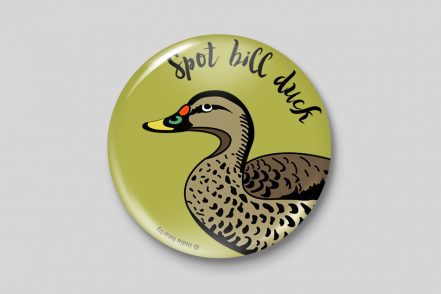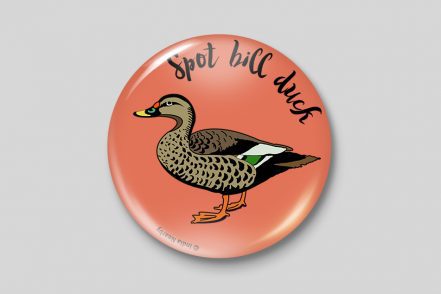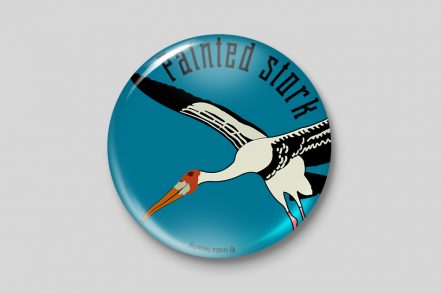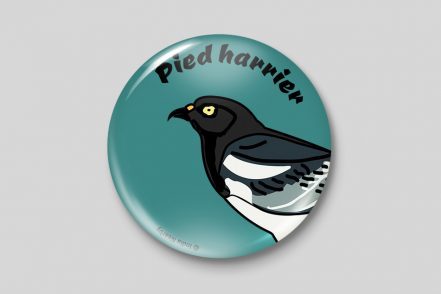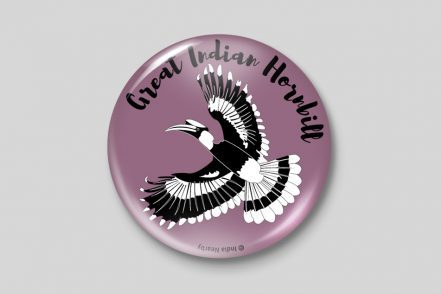Water Birds of India
Go explore birds at a lake near you!
Come weekend, and everyone in the city thinks, where to go for some family time, where everyone gets something to do and feels refreshed at the end of the excursion. And thinking thus, most head out to the various malls that our cities are now dotted with. Most often than not, the kids, rather than feeling happy, come out demanding things, things that you never planned to buy or even appreciate enough. And how long can you go mall-hopping? There must be found a meaningful, satisfying weekend activity within the city to feel rejuvenated, isn’t it? Consider exploring some lake birds of India nearby.
We share our weekend experience, that you can have at almost any lake in India. We have compiled a list of common lake birds you can spot and identify. Happy bird watching!
If you live in Bangalore you know of so many lakes here. Previously there were some 300 lakes but only 34 survive now, still many compared to other cities. Practically every locality in Bangalore has a lake nearby. Have you ever been to any lake nearby? Take a pause and visit them. Peek into the waters with a keen eye. These lakes, support a great variety of bird life and plant life, in and around them.
Exploring lake birds nearby | Hulimavu, Bengaluru (South Bangalore)
One Sunday we decided to head to Hulimavu lake near Bannerghatta Main Road. The lake is fenced all along its perimeter on the west. Previously it had no fence but there was so much garbage and illegal meat waste dumping that used to take place in and around the lake that the authorities were forced to fence it off. This fence is taken over by creepers with flowers of various kinds so, more than a fence, it feels like a green wall before the lake. But even through the fence, we could see many kinds of water birds in the lake. As soon as we placed our faces near the fence to look straight ahead for birds, we were startled because a big bird just made a sudden landing in the water hyacinth covering the water near where we stood. Suddenly, all our focus shifted to this greyish bird and trying to see what it was up to and also identify it. We spotted one of the most wonderful looking lake bird of India, the purple heron. With its piercing long beak and long stretched out neck and the feathers which actually gleamed purple in the bright morning sun, it was a beautiful start of the day.
The easiest to spot were the Cattle Egrets fluttering their wings in the distance along with two three other birds which we struggled to see. We also spotted two Pelicans floating away near the far end, towards the big rock that is being quarried. Most of the water surface was covered by water hyacinth that month and that made us realize that if you just keep an eye on the vegetation in the water, anything moving that catches your eyes could be a water bird and suddenly, we spotted a Jacana walking over the leaves with its long legs, huge toes which are specially designed to walk over vegetation. Yet another movement somewhere and we spot a Purple Moorhen looking for food here and a Coot floating away from a thicket there in the middle of the lake. The water, apart from water hyacinth, had some other slightly taller plants growing here and there which created little pockets where more birds had gathered. The tall trees near the fence were a buzz with activity too. Suddenly a big bird landed and flapped the wings a couple of times before folding them neatly by its side. And from the wings we could tell that it was a Painted stork or perhaps a White stork. The light falling over the water, covered in water hyacinth, through some tall trees growing amidst it, created a glistening play of light and shade.
Towards the south end of the lake, we saw mini-ducks chasing one another in a playful way. Cute like clockwork toys set to float, they were all looking blackish against the bright sun; we enjoyed watching them leaving behind a trail when chasing each other. These “mini ducks” were the Little Grebes or Dabchicks, as they are commonly known. So, based on our birding experience, here is what we thought would be a list of lake birds of India you might see if you visit any lake nearby. Those hours spent in looking at them at play are surely worth every moment even if you have accomplished identifying them.
THINGS TO CARRY
WHEN YOU GO BIRD SPOTTING
Here are a few things to keep in mind for a comfortable and productive bird-watching excursion. Of course do keep away from actually venturing into the water. And keep an eye for birds whenever you travel around a lake, so that you can know when to expect more birds. Lake birds can be found but all round the year. There are some regional and seasonal variations in species, also related to the water and weed quality.
- Binoculars – for spotting far off birds
- Field guides – for identifying birds
- A camera – for capturing the moment
- Sun protection [especially if you are going bird spotting in summer] like sunscreen and a cap
- Bug repellent – because water bodies can be breeding grounds for mosquitoes.
So, based on our birding experience of these freshwater birds, here is what we thought would be a list of lake birds in India you might see if you visit any lake nearby. Those hours spent in looking at them at play are surely worth every moment even if you have accomplished identifying them.
Lake birds names | Common freshwater birds in India
- The Spotted Billed Pelicans with an enormous flattened bill pinkish in color
- Purple Herons with their slender and long necks, white on the fore neck
- Purple Moorhens with their purplish feathers and red foreheads
- Coots with their red eyes and white forehead
- Grey Herons with a black dotted line on their mid fore neck
- Pond Herons who look an earthy brown at rest
- Night Herons with their black crest and distinctive ‘kwaark’ call
- Pure white Cattle Egrets
- The cute, small, hyperactive Dabchicks
Being architects and designers, these birds became our subject of drawing and graphics. And so came about this range of growing products. We also created a one one sheet A4 field guide for spotting these lake birds in India, and used it to explore birds with few children… that’s for another post :)

